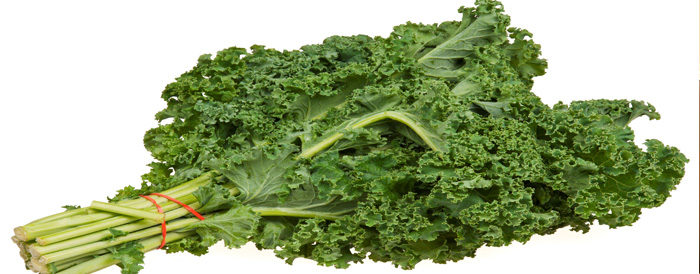
Protein-Packed Vegetables
Did you know one serving of kale has 4 grams? These other veggies put protein on your plate as well.
Protein-Packed Veggies
Wondering if you’re getting enough protein? Chances are, you may be eating too much – data suggests many of us are already consuming twice the protein we need. Nevertheless, Americans continue to be obsessed with protein.
Part of the craze has been fueled by popular diets that encourage high-protein foods for weight loss and satiety. While such diets may promote weight loss in the short term, they have downsides, as well: too much protein has been linked with osteoporosis, kidney disease, calcium stones in the urinary tract, and some cancers.
Still, there are some groups, like strict vegetarians and vegans, who do need to pay attention to their protein intake to make sure they’re getting enough. Protein requirements vary depending on your age, gender, level of physical activity, special health conditions, and pregnancy. The DRI (Dietary Reference Intake) is 0.8 grams of protein per kilogram of body weight, or 0.36 grams per pound.
This amounts to:
• 56 grams per day for the average man.
• 46 grams per day for the average woman.
Meat, fish, poultry, beans, nuts, dairy foods and lentils are among the best sources of protein. But what about veggies? Vegetables tend to be lower in protein than animal sources, but here are some that pack in protein (and many other nutrients!) to help you meet your daily needs:
Potatoes
Bet you didn’t expect to see potatoes on this list! A medium potato has under 150 calories, virtually no fat, nearly 4 grams of protein and 5 grams of fiber. Research shows they can help you feel fuller than you might with some other carbohydrate foods. That’s partly because their protein and fiber content. One study even found that boiled potatoes scored the highest on a “satiety index” of all foods.
And there’s even more good news packed into a single potato! A medium potato (with skin) has more potassium (860 mg) than a banana, making it a good source of this important and under-consumed nutrient. Potassium plays a key role in controlling blood pressure because potassium lessens the effects of sodium.
Broccoli
One cooked cup of this delicious cruciferous veggie has nearly 4 grams of protein. What’s more, broccoli is loaded with Vitamin C, a nutrient that protects against immune system deficiencies. And, as an added bonus, broccoli is rich in calcium and packed with fiber. Try this ginger shrimp and broccoli recipe to reap all of this vegetable’s wonderful benefits.
Kale
One serving (about 1 ½ cups chopped) of kale has 4 grams of protein and just 50 calories! No wonder everyone is going crazy for kale these days. It’s referred to as the “queen of greens” and is showing up in all kinds of restaurant menus as salads, side dishes, main dishes, and even snack chips.
Kale comes from the Brassica family, which includes cabbage, cauliflower, broccoli and Brussels sprouts. These veggies are rich in sulpher-containing phytonutrients which may help guard against cancer. They’re so healthy that many nutrition experts recommend eating at least a few servings of Brassica veggies each week for their health benefits.
To retain kale’s nutrients, texture and flavor, keep cooking time to a minimum. Just, rinse, chip, and add to stir-frys, frittatas and other egg dishes, soups, salads, pasta dishes or casseroles. You can lightly steam it to increase its tenderness, making a great ingredient for salads.
Brussels Sprouts
Just one cup of steamed sprouts provides 4 grams of protein and 4 grams of fiber in less than 60 calories. They’re essentially fat- and sodium-free and an excellent source of vitamin C, and a good source of folate (folic acid).
Plus, Brussels sprouts have cancer-fighting compounds and are rich in antioxidants that help temper chronic inflammation that can lead to a whole host of chronic diseases.
There’s so much you can do with Brussels sprouts–from salads and sides to main dishes. They partner well with many ingredients, including cheese, pasta, rice, and of course, bacon. I love them roasted or sautéed best, as I find that those two ways of preparing them makes them less bitter.
Source: Katherine Brooking, MS, RD

